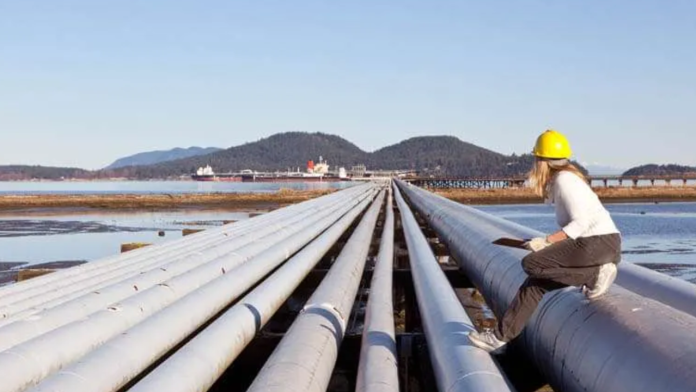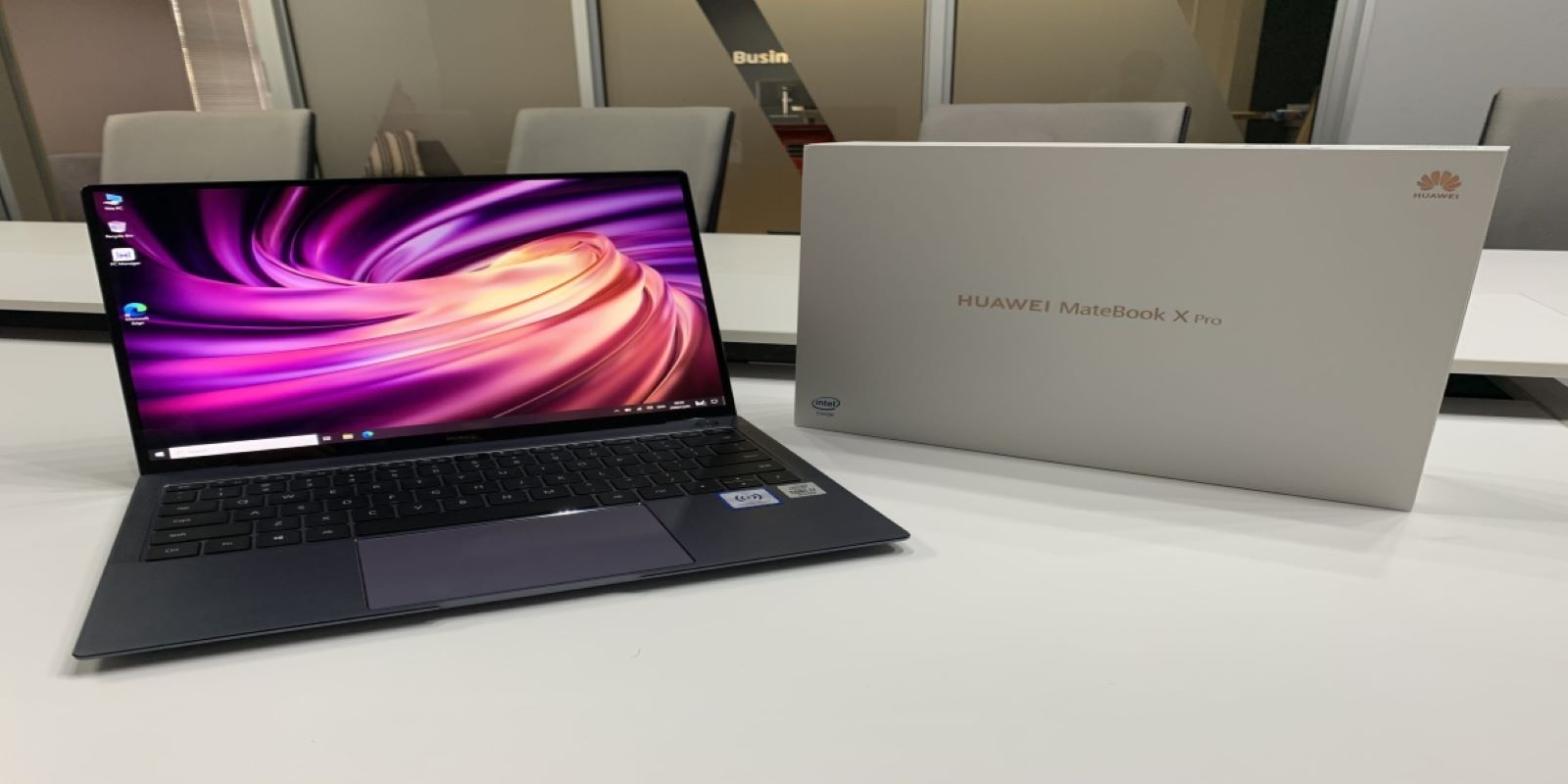Steel pipes are coated with fusion-bonded epoxy (FBE), a thermosetting polymer, to prevent abrasion and corrosion. To create a solid, long-lasting bond with the steel surface, the coating is applied as a powder and heated thereafter. FBE coating is perfect for usage in a range of applications, such as industrial piping systems, water pipelines, and oil and gas pipelines because it offers exceptional resistance to chemicals, moisture, and temperature variations.
Usually, a powder coating procedure is used to apply the coating. This procedure entails cleaning the pipe’s outside, preheating it to the proper temperature, priming it, applying the fbe coating pipe, curing it, and checking the pipe for flaws. Following the application and curing of the coating, the pipes are ready for use in their intended application.
What Industries Commonly Use FBE-coated Pipes?
Pipes coated with fusion-bonded epoxy (FBE) are frequently found in sectors including power production, water and wastewater treatment, chemical processing, and oil and gas. Pipes for these industries must be resilient to extreme conditions and offer long-lasting defense against wear and corrosion. Infrastructure projects including pipelines, tunnels, and bridges also use FBE-coated pipes.
Pipes Coated With FBE Material
Fusion-bonded epoxy (FBE) coating is a thermosetting polymer coating that is normally used to shield metal pipes from corrosion and abrasion. This coating is applied to the exterior of the pipes the usage of a method known as powder coating. We can discuss the stairs involved in applying FBE coating to pipes.
Surface Instruction
The first step in applying FBE coating to pipes is floor coaching. This involves cleansing the surface of the pipes to remove any dust, oil, or other contaminants that might intrude with the adhesion of the coating. The pipes are typically wiped clean using a mixture of chemical cleaning, water blasting, and sandblasting.
Preheating
The pipes must be heated once their surface has been cleaned. Preheating the pipes ensures that they are at the proper temperature for coating application and removes any moisture from their surface. Usually, a gas-fired oven or an electric induction heater is used to preheat the pipes.
Application of Primer
The pipes’ surface is primed after they have been heated up. A unique variety of epoxy resin known as priming is used to form a bond with the FBE coating as well as the pipes’ steel surfaces. A roller or a spray gun is usually used to apply primer.
Application of FBE Coating
The pipes’ surface is covered with the FBE coating once the primer has been applied. The FBE coating is a powder composed of a curing agent and epoxy resin mixture. Using electrostatic powder coating equipment or a spray cannon, the powder is sprayed onto the pipe surfaces.
Curing
The pipes are cured following the application of the FBE coating. To activate the curing ingredient in the FBE coating, the pipes must be heated to a high temperature during the curing process. As a result, a robust, long-lasting coating is formed by the epoxy resin cross-linking. Usually, an electric induction heater or a gas-fired oven is used to cure the pipes.
Inspection
The pipes are examined to make sure the coating is applied correctly and that there are no flaws or blemishes once they have been cured. Visual inspection and non-destructive testing methods like ultrasonic or magnetic particle testing are usually used for this.
Packaging & Shipping
Following the FBE coating procedure, the pipes are packaged, inspected, and delivered to the client. Usually, protective wrapping is used to cover the pipes to prevent damage during transit. The coated pipes are shipped and packaged to guarantee they reach their destination undamaged and ready for use.
Conclusion
One essential step in preventing corrosion and abrasion on steel pipes is the application of fusion-bonded epoxy (FBE) coating. Surface preparation, heating, priming and FBE coating application, curing, inspection, packing, and shipment are all steps in the coating process. This procedure guarantees that the coated pipes are durable and long-lasting, ready for usage in a range of applications.











